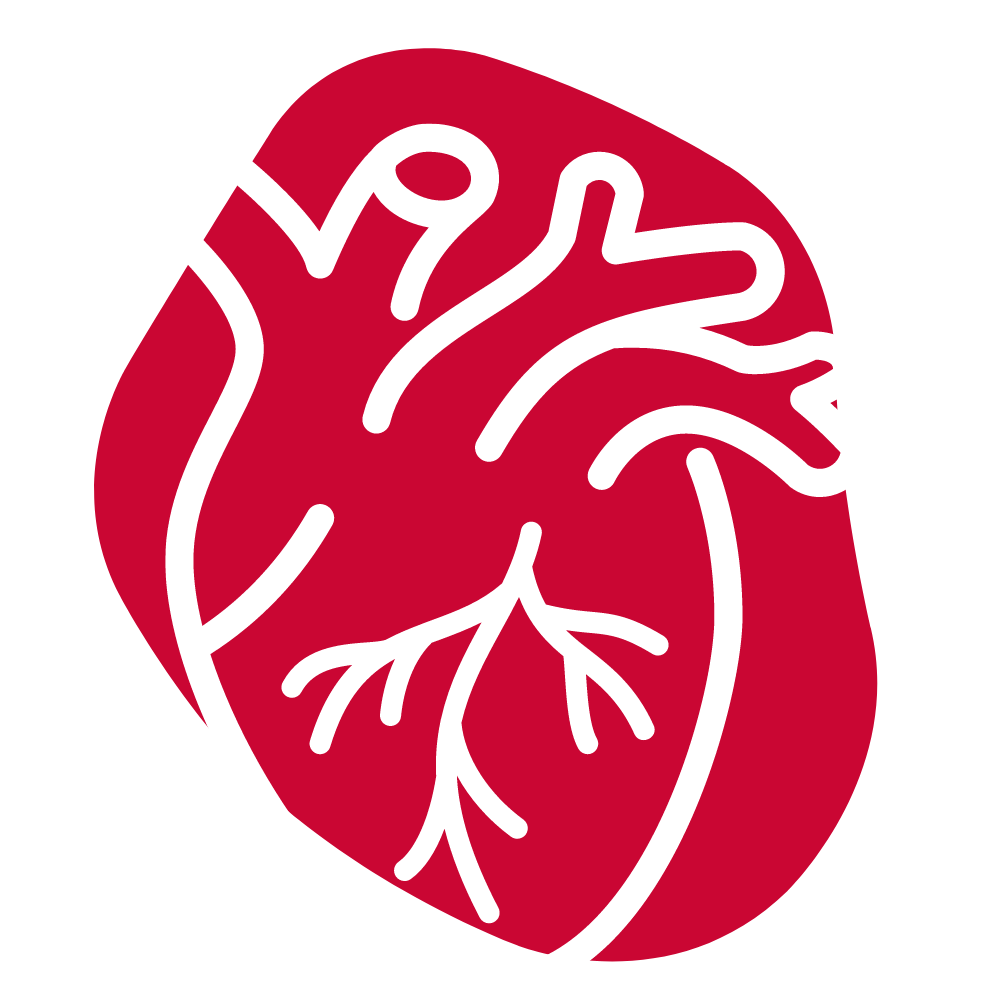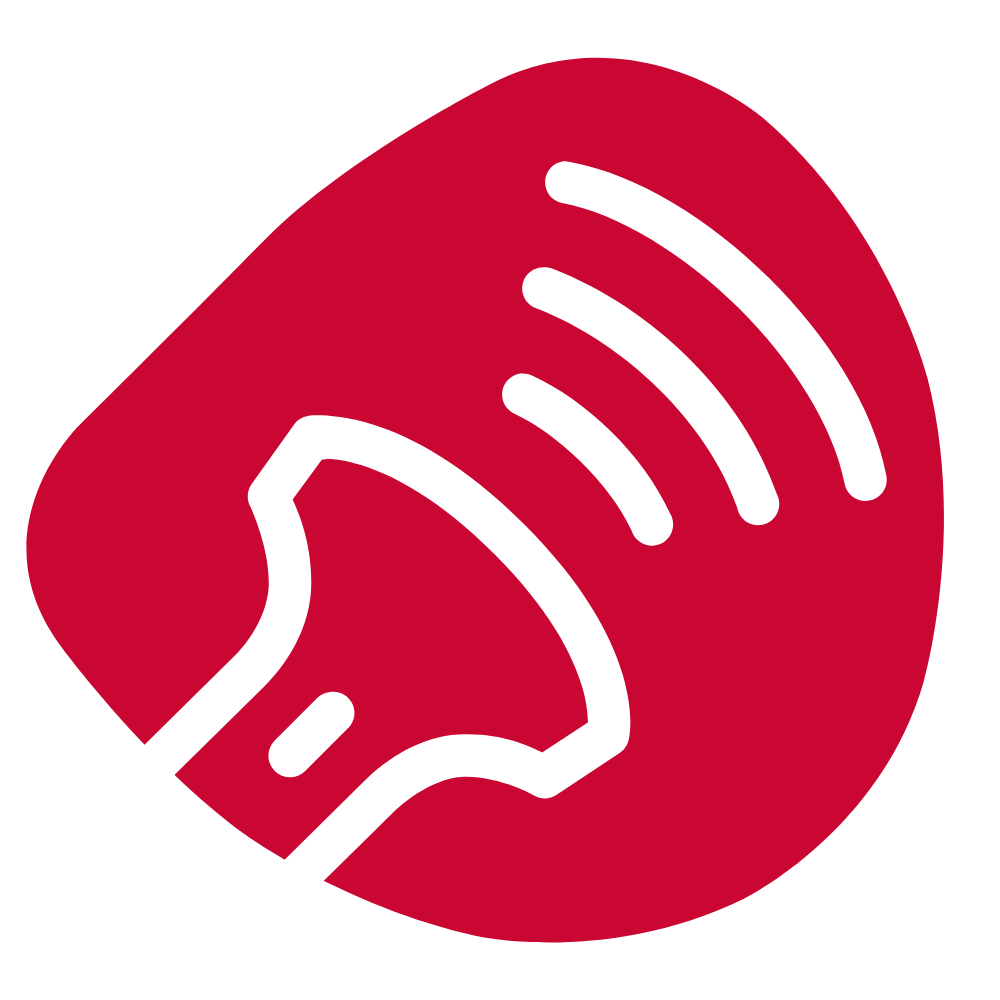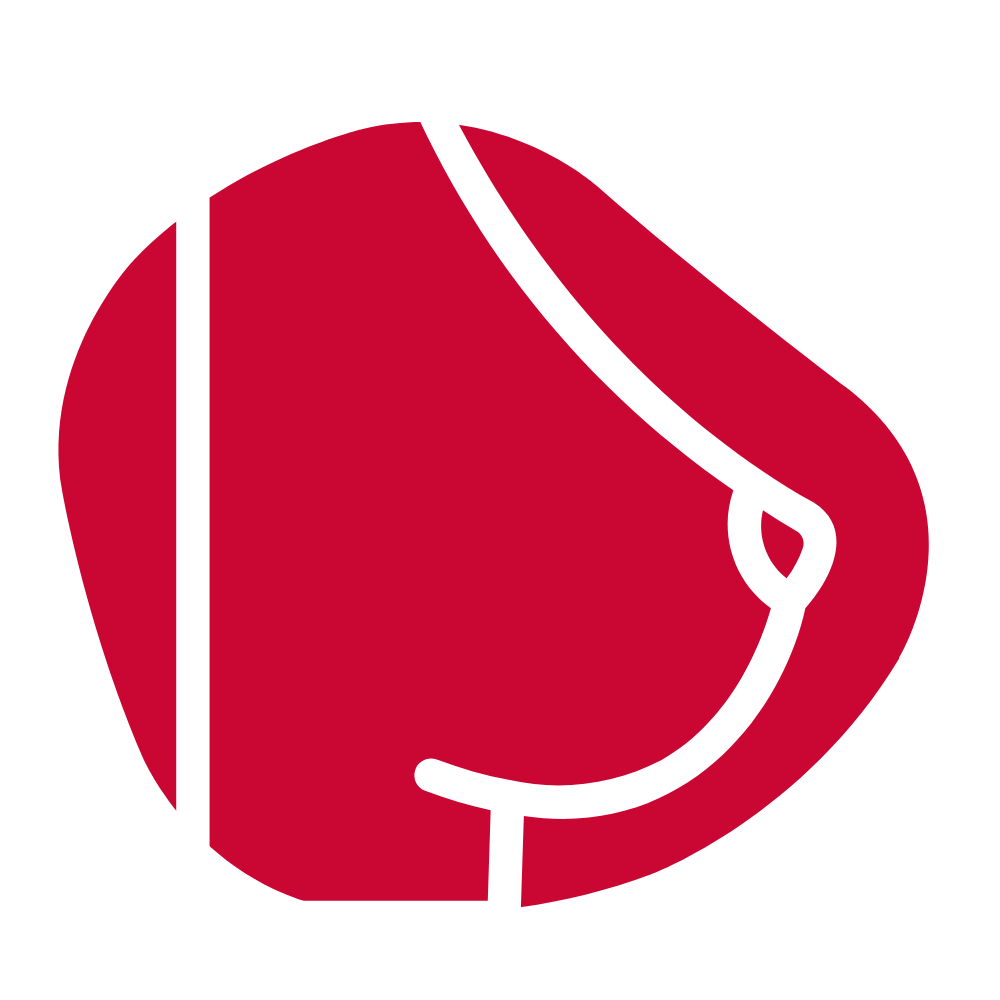Foundation Courses
expert insights
brought to you
In 2024, ESOR runs 13 online Foundation Courses aimed at residents in their 4th and 5th year of training in radiology and recently board-certified radiologists.
The European Board of Radiology (EBR) recommends these courses as one of the tools to help prepare for the European Diploma in Radiology (EDiR).
The courses adhere to Level I and II of the European Training Curriculum and are delivered by renowned European faculty. Each session includes six topics consisting of 40 minutes of theory and case presentations followed by a live Q&A sessions.
Live Streaming
All ESOR Foundation courses will be streamed live on the ESR Connect platform.
Accreditation
Applications have been made to the European Accreditation Council for Continuing Medical Education (EACCME) for CME accreditation of all ESOR courses. The EACCME is an institution of the European Union of Medical Specialists (UEMS).













